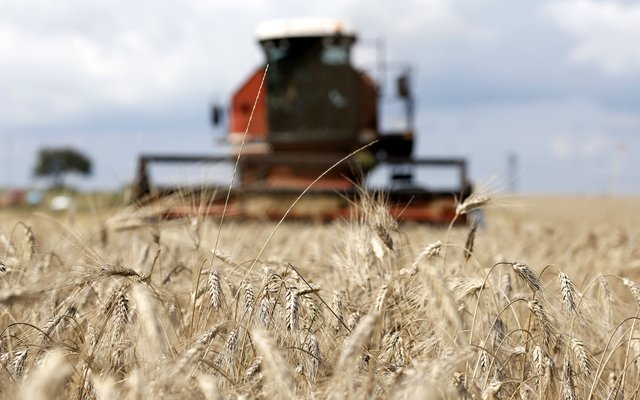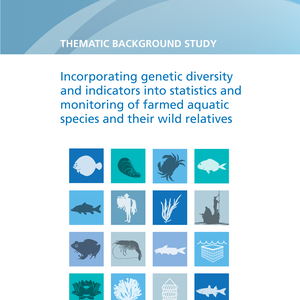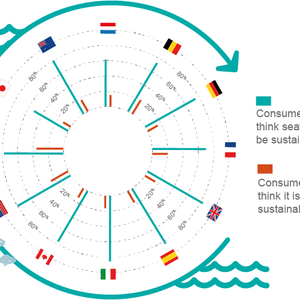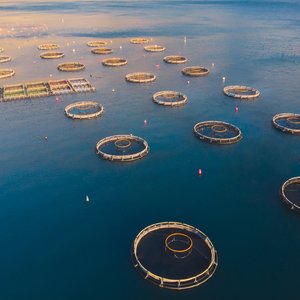The global agrifood sector faces fundamental challenges over the coming decade, particularly the need to feed an ever-increasing population in a sustainable manner, the impacts of the climate crisis and the economic consequences and disruptions to food supply linked to the war in Ukraine, according to OECD-FAO Agricultural Outlook 2022-2031 by the Food and Agriculture Organization of the United Nations (FAO) and the Organisation for Economic Co-operation and Development (OECD).
The report focuses on assessing the medium-term prospects for agricultural commodity markets. The findings of the report underscore the crucial role of additional public spending and private investment in production, information technology and infrastructure as well as human capital to raise agricultural productivity.
Prices of agricultural products have been driven upward by a host of factors, including the recovery in demand following the outbreak of the COVID-19 pandemic and the resulting supply and trade disruptions, poor weather in key suppliers, and rising production and transportation costs, which have been further exacerbated recently by uncertainties regarding agricultural exports from Ukraine and Russia, both key suppliers of cereals. Russia's role in fertilizer markets has also compounded already existing concerns about fertilizer prices and near-term productivity.
The report provides a short-term assessment of how the war may affect both global agricultural markets and food security. It underlines major risks to key commodity markets: equilibrium prices for wheat could be 19% above pre-conflict levels if Ukraine fully loses its capacity to export and 34% higher if in addition, Russian exports are 50% of normal amounts.
A scenario simulating a severe export shortfall from Ukraine and Russia in 2022/23 and 2023/24, and assuming no global production response, suggests a further increase in the number of chronically undernourished people in the world following the COVID-19 pandemic.
“Without peace in Ukraine, food security challenges facing the world will continue to worsen, especially for the world’s poorest,” OECD Secretary-General, Mathias Cormann, said. “An immediate end of the war would be the best outcome for people in both Russia and Ukraine and for the many households around the world that are suffering from sharp price increases driven by the war.”
“These rising prices of food, fertilizer, feed and fuel, as well as tightening financial conditions are spreading human suffering across the world,” said FAO Director-General, QU Dongyu. “An estimated 19 million more people could face chronic undernourishment globally in 2023, if the reduction of global food production and food supply from major exporting countries, including Russia and Ukraine, results in lower food availability hitting worldwide.”
Over the next decade, global agricultural production is projected to increase by 1.1% per year, with the additional output to be mainly produced in middle- and low-income countries. The Outlook assumes wider access to inputs and shows that increased productivity-enhancing investment in technology, infrastructure and training will be critical drivers of agricultural growth. However, a prolonged increase in energy and agricultural input prices – such as fertilizers – will raise production costs and may constrain productivity and output growth in the coming years.
Aquaculture
Aquaculture production is expected to reach 108 Mt by 2031, but despite the expected continued growth, it represents a significant slowing from the previous decade. Several factors are driving the slower projected growth in aquaculture production, according to the report. Firstly, the cost of feed was relatively low from 2013 to 2019 leading to higher profits for producers. Secondly, the aquaculture to feed price ratio will remain below 2019 levels until 2025 due to the high price of feed during the first half of this coming decade. From 2025 onwards, that feed price ratio is expected to remain at profitable levels for producers leading to a new period of growth for aquaculture production in the second half of the decade.
There are several other factors contributing to the slower aquaculture production growth including slower gains in productivity, more stringent environmental regulations in the world’s largest producers, most notably China, and challenges building new production facilities due to competition for land.
From a species perspective, strong production growth is expected for shrimps and prawns (+31%) and tilapia (+25%).
Photo credits: ©FAO/Alessia Pierdomenico
global-agricultural-production-projected-to-increase-by-11-per-year-over-the-next-decade













